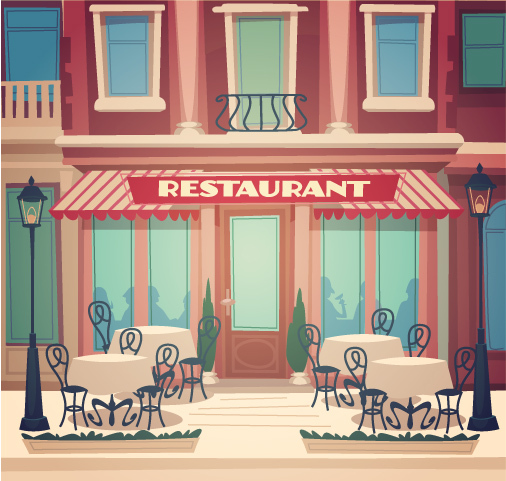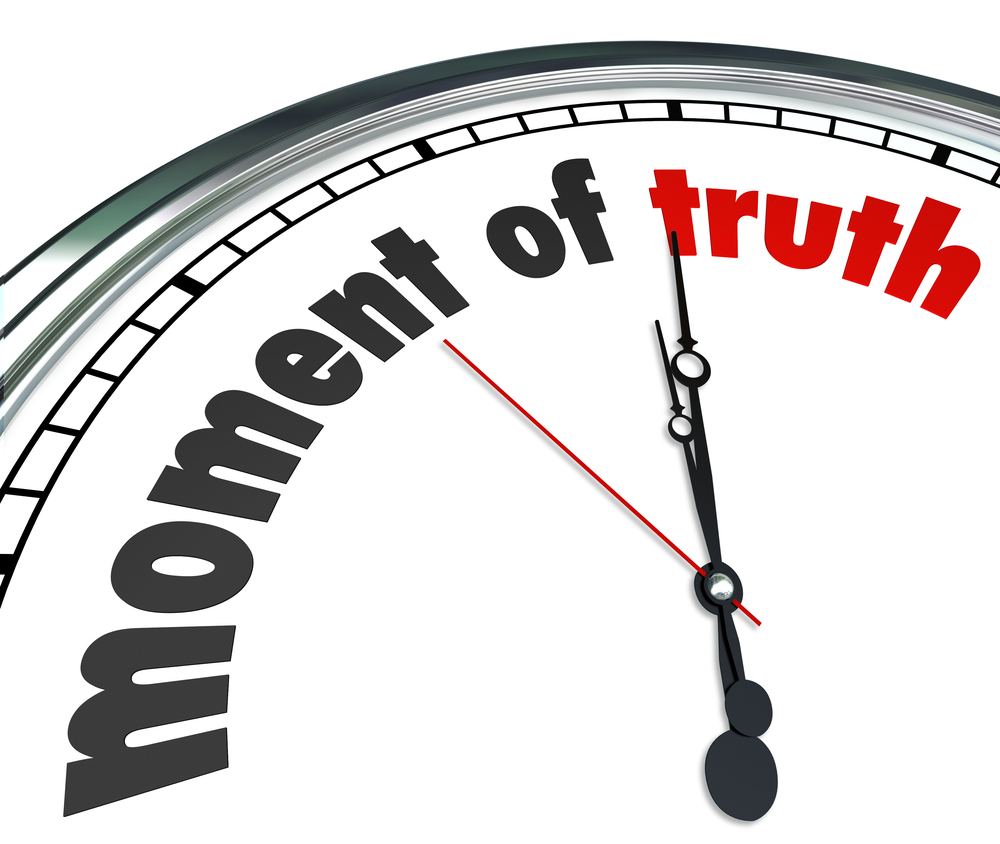It’s Monday morning and the daily scrum just took place. An analyst got the task to dig into a problem. He eagerly starts working on it at his desk, digging deep into the issue trying to make it crystal clear. Doing everything he can; creating diagrams, modeling, drawing, … Putting in time and effort. The analyst goes to the developer’s desk to discuss the fruits of his labor. While going through the entire stack of documents, he figures out that all he needed were some quick sketches on a the back of beer coaster. So where did he go wrong?
New Customer Experience Insights: Go dining!
By Tom Devos on 20 November 2014
The experience of two restaurant visits from last month stuck with me. In the first one jackhammers were constantly interrupting our conversation because they were rebuilding the place. In the second one, I was sitting on a terrace, in a beautiful late-summer sun. One of those restaurants however will never see me again. Guess which one?
Journeys and touch points: two sides of the same coin
By Filip Hendrickx on 06 November 2014
In my previous post and related article, I explained how I believe customer journeys can be used to guide strategic investments. Customer journeys can help you find out where and how your organisation can improve the long term customer experience. Armed with that knowledge, you can then define the required change projects.
Customer journeys as a strategy guide
By Filip Hendrickx on 23 October 2014
A while ago, I published an article in the IRM UK newsletter on business process modelling. In the article, I explain the value of and relation between different kinds of process models. I also propose to use customer journeys to guide strategic choices and investments in process (and other) improvements. In this post, I briefly summarise the key messages of the article and elaborate on how to use customer journeys as a guide for your strategic investments.
Make Your Workshop Live
By Igor Torfs on 10 October 2014
How do you get the attention of your audience in a requirements workshop? By synthesizing your main messages in a clear format. That format, in essence, is a drawing.







